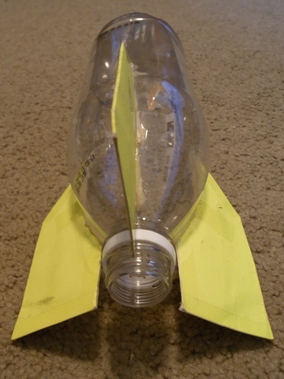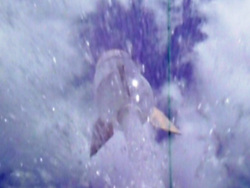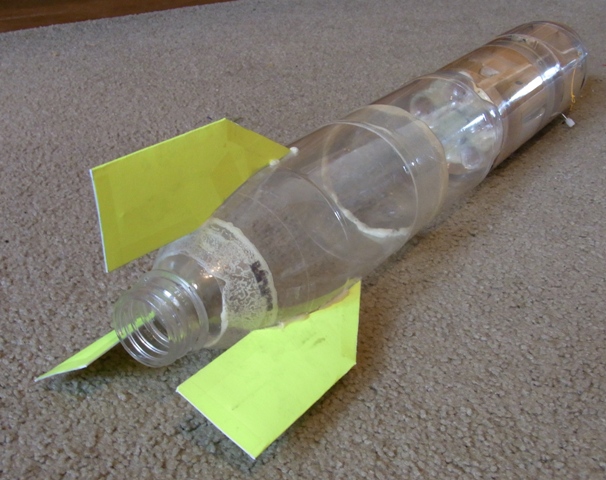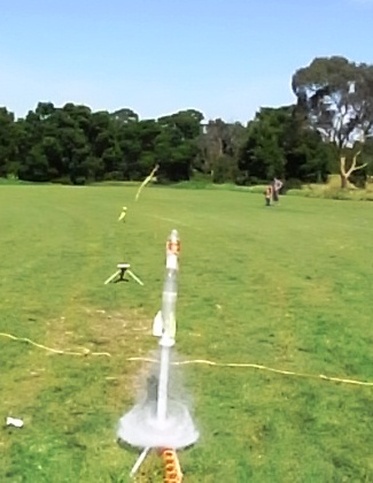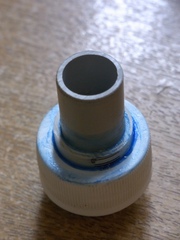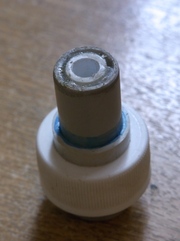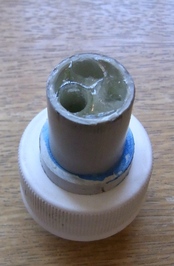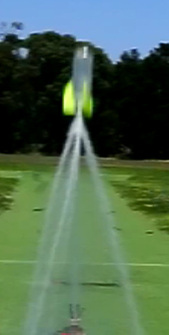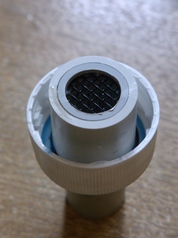Nozzles
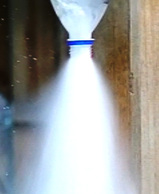
In Water Rocketry, a larger nozzel allows more water to come out at a time. Because the water comes out quicker, the thrust is higher but the duration is shorter.
For light rockets, a small nozzel is prefered. This is because a rocket with less mass has less inertia, so it is unable to coast for long. If a rocket cannot coast for long, a longer thrust duration is needed to fly the rocket to a higher altitude before it runs out of pressure. And if the rocket is light, the less powerful the rocket will need to be to get up to speed.
For a heavy rocket, a larger nozzel is more useful.
The simplest restricted nozzel to make is a Gardena Nozzel Launcher.
For light rockets, a small nozzel is prefered. This is because a rocket with less mass has less inertia, so it is unable to coast for long. If a rocket cannot coast for long, a longer thrust duration is needed to fly the rocket to a higher altitude before it runs out of pressure. And if the rocket is light, the less powerful the rocket will need to be to get up to speed.
For a heavy rocket, a larger nozzel is more useful.
The simplest restricted nozzel to make is a Gardena Nozzel Launcher.
|
A 30mm ID nozzle glued into my Venturi-1
The taper of the bottle forces the nozzle to stay when the rocket is pressurized. This nozzle was designed to increase thrust by increasing the rate at which water can be expelled. But the rocket was too small to find this advantageous. |
Venturi-1 launched at 1:29 into the video.
Cavitation Nozzle A nozzle for experimenting with the effects of cavitation. No results yet.
|
Possible uses for Cavitation
After reading this page on Cavitation, I could not resist attempting to make a nozzle that could utilize the effects of this phenomenon. No experimental data yet but the intention is that the wire mesh will supply a sudden pressure change and a surface for voids to form.
A lot of energy is released when the bubbles implode and may be considered as a water/steam rocket variant. Also the phenomena may cause the water to act as a compressible gas to be utilized in a De Laval Nozzle which can accelerate a fluid to supersonic velocities. High pressures are required though. |
